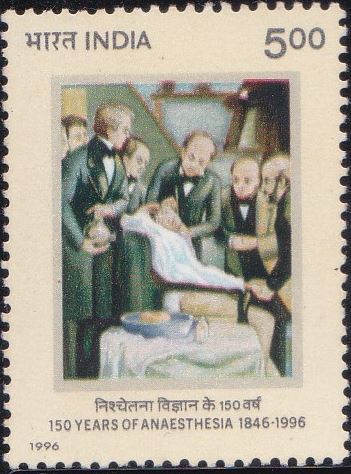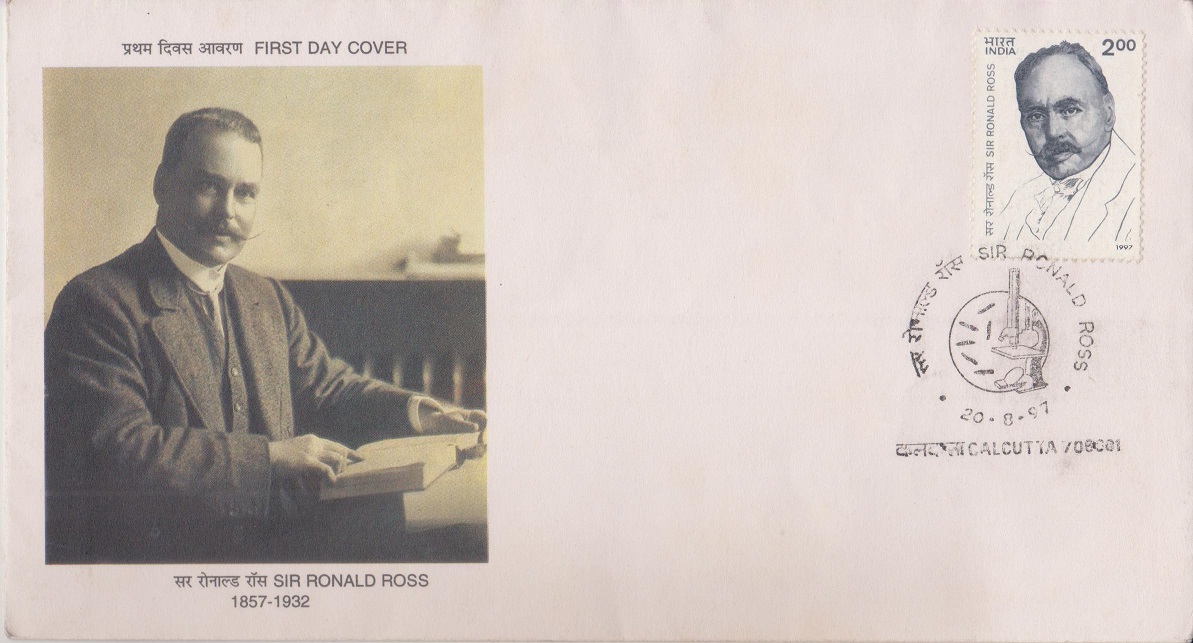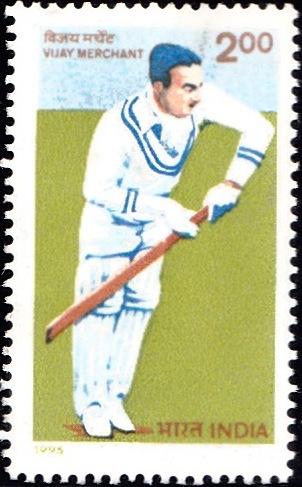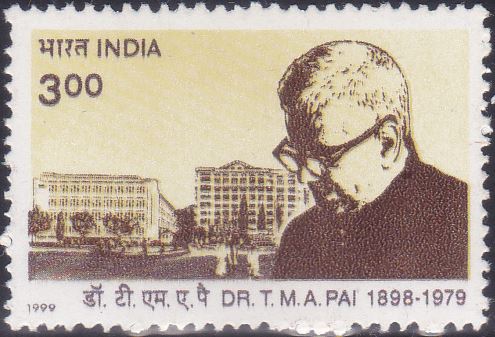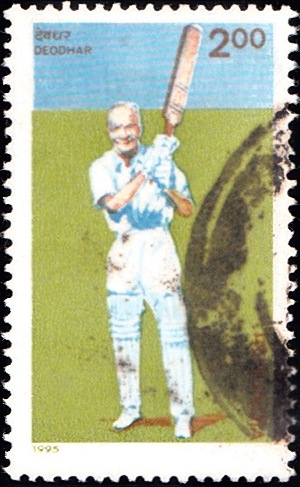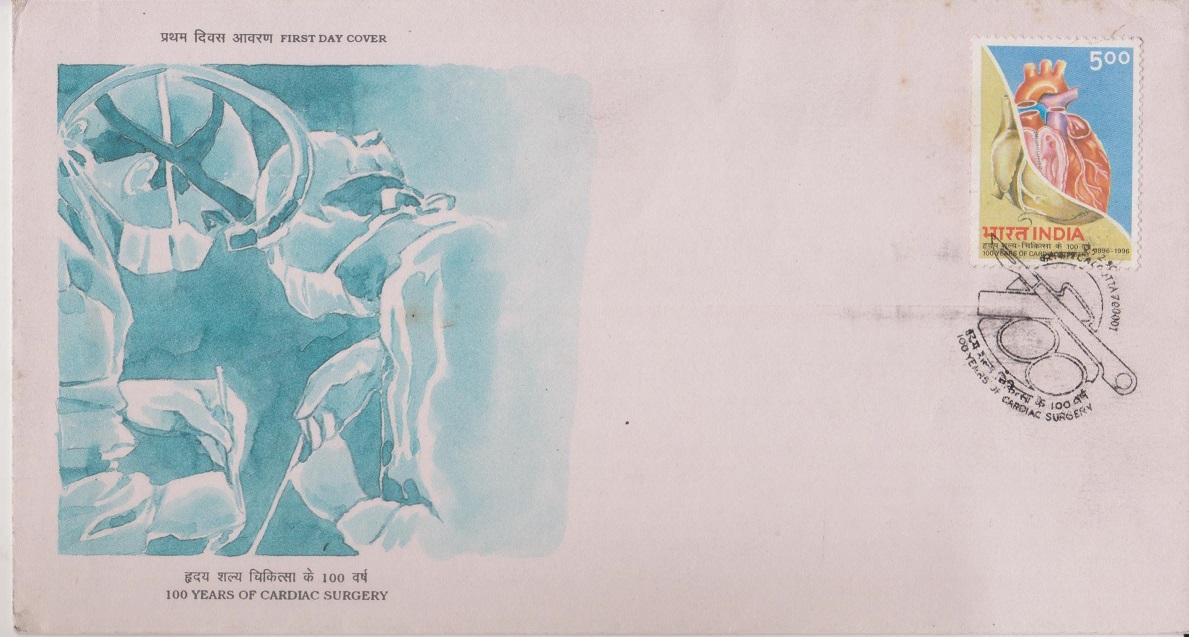
100 Years of Cardiac Surgery
A commemorative postage stamp on the Centenary of the Cardiovascular Surgery (1896-1996) :
 Issued by India
Issued by India
Issued on Feb 25, 1996
Issued for : As the next hundred years begin, the Department of Post pays tribute to those pioneers whose courage, ingenuity and entrepreneurship have made cardiac surgery an epitome of precision and sophistication.
Design : The stamp depicts towards the left the first ever successful suturing of a heart wound being performed. Towards the right it shows cardiac transplantation in progress.
The First Day cover depicts surgery in progress. The cancellation shows a scalpel and a heart.
Credits :
Stamp, FDC, Cancellation : Shri Suresh Kumar
Cancellation design : Dr. Amit Banerjee
Type : First Day Cover
Colour : Multi Colour
Denomination : 500 Paise
Overall size : 3.91 x 2.90 cms.
Printing size : 3.65 x 2.55 cms.
Perforation : 13.5 x 13.5
Paper : Matt. Chromo
Number of stamps Printed : 0.6 Million
Number per issue sheet : 20
Printing Process : Photo Offset
Printer : Calcutta Security Printers, Kanpur
About :
- The heart has always been the most revered organ in the human body and usually viewed as the seat of life. It has never failed to captivate the fascination of poets, philosophers, artists, litterateurs, clerics, sorcerers as well as scientists. However it had been considered surgically untouchable. Stephen Paget, a famous British surgeon, remarked in his textbook on surgery of the chest as late as in 1896, “Surgery of the heart has probably reached the limit set by nature to all surgery; no new method and no new discovery can overcome the natural difficulties that attend a wound of the heart“. The same year however, Ludwig Rehn of Frankfurt performed the first successful repair of a stab wound of the heart. The era of cardiac surgery had begun.
- The hundred years that followed witnessed the amazing saga of fathomless capabilities of the human spirit. It was a long road from modest repair of cardiac wounds to transplantation, and the milestones were legion. Even to name only a few is a formidable list of firsts: surgery on the aortic valve (1912) by Theodore Tuffier, Paris; surgery on the mitral valve (1923) by Elliot Cutter, Boston; systemic-pulmonary shunt for blue babies (1945) by Alfred Blalock, Baltimore; closure of atrial septal defect (1952) by John Lewis, Minnesota; valve substitute implantation (1952) by Charles Hufnagel, Georgetown; open heart operation (1953) by John Gibbon, Boston; totally implantable pacemaker (1959) by Ake Senning, Sweden; successful coronary artery bypass (1964) by Michael DeBakey, Houston; cardiac transplantation (1967) Christiaan Barnard, Cape Town.
- Over the subsequent three decades, phenomenal progress has been made in the fields of heart lung bypass and equipment required for the same, preservation of the cardiac tissues during surgery using hypothermia and pharmacological agents and also surgical intervention in patients belonging to all age groups. Currently, research is on for the correction of foetal defects within the mother’s womb. The quest for a perfect heart valve prosthesis has led to tremendous improvement in their design and function. Surgery for myocardial revascularisation saw several landmark innovations including the use of arterial grafts and recently, laser technology. Other areas where remarkable progress has been made are in the evolution of surgery for disturbance in cardiac rhythms, assist devices for the failing heart such as the intra-aortic balloon pump and amongst the most recent developments, the implantation of a total artificial heart.
- It is a matter of immense pride and satisfaction that cardiac surgery in India has progressed at par with the best amongst the rest of the world. In India, the first successful open heart operation was performed by Dr. Reeve H. Betts and Dr. N. Gopinath on July 6, 1959 at the Christian Medical College Hospital, Vellore. The basic concept of transmyocardial revascularisation with the help of laser was first given to the world by Dr. P.K. Sen of Bombay who had also attempted the first cardiac transplantation in the country in 1969. The first successful heart transplant operation was performed at the All India Institute of Medical Sciences, New Delhi on August 3, 1994 by a team of doctors led by Prof. P. Venugopal.
- Credit : Indian Association of Cardiovascular Thoracic Surgeons.



